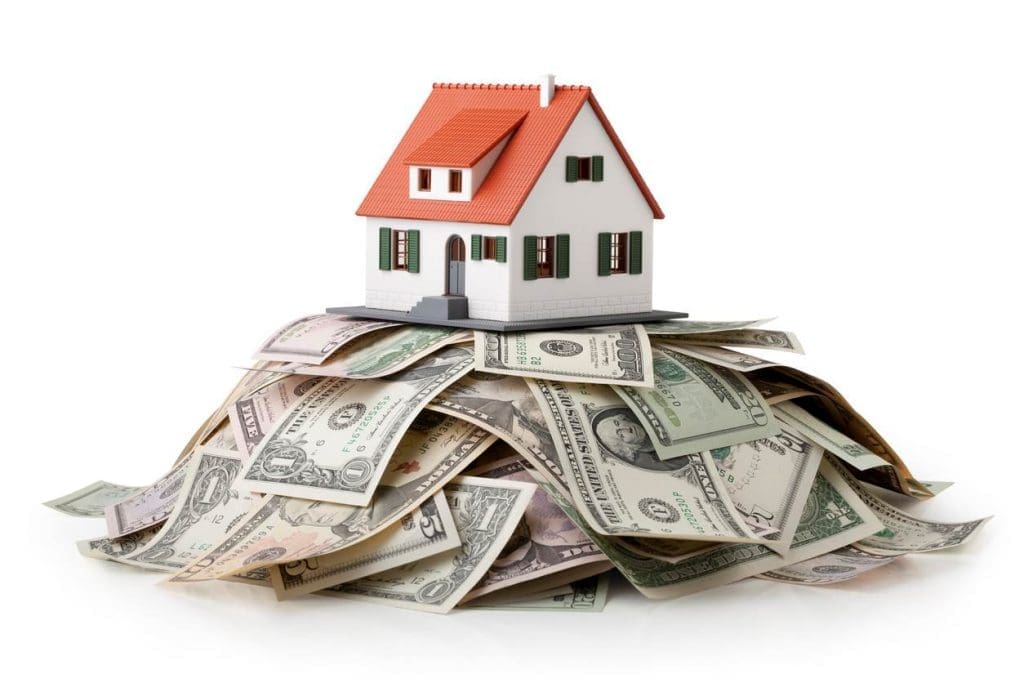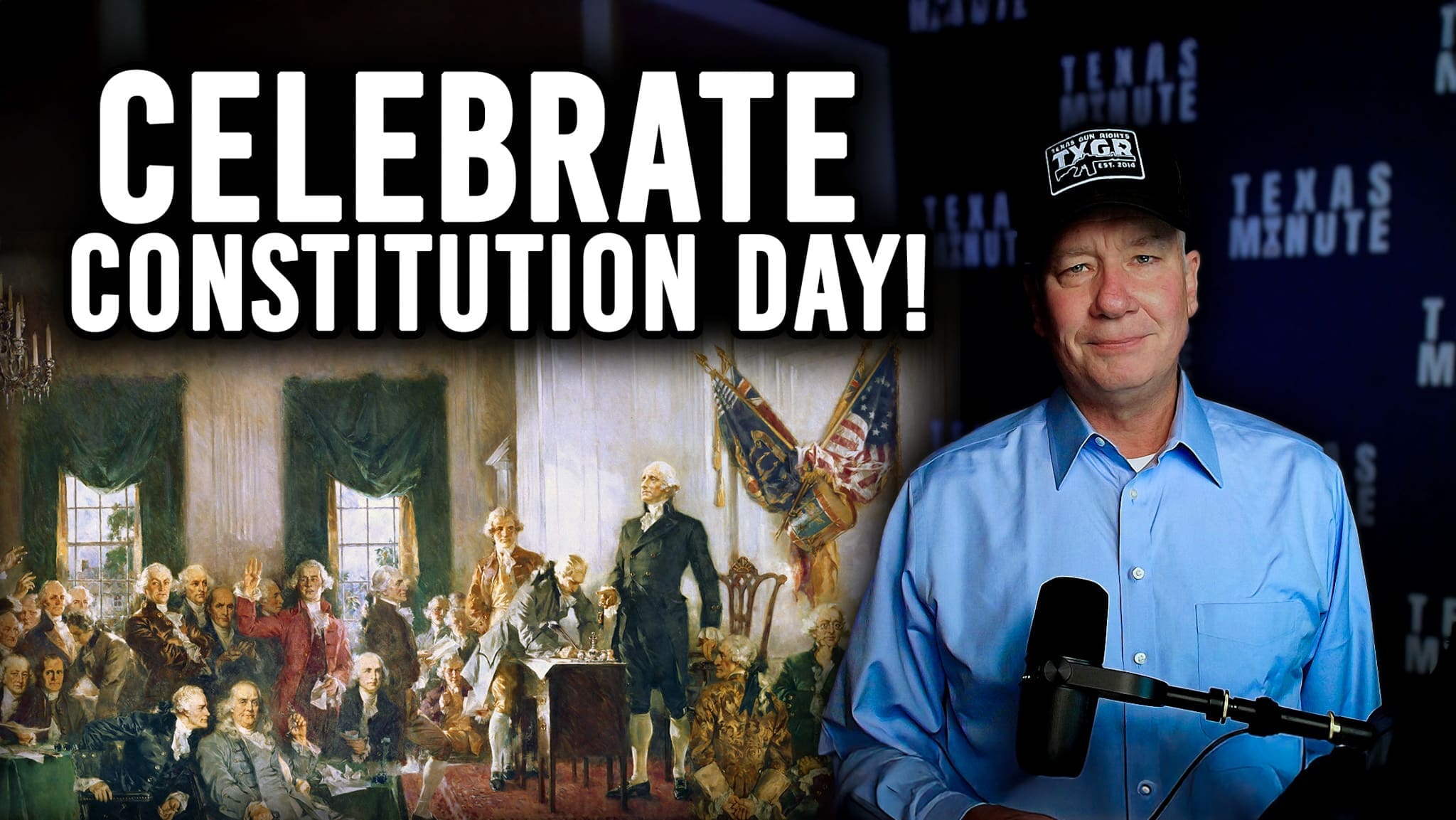Only in Austin could politicians defend not cutting property taxes by claiming doing so would mean more spending. Yet that is exactly what is happening in the Texas Capitol as politicians salivate over how to spend the state’s $27 billion—and growing—budget surplus.
Texas Gov. Greg Abbott has been the most generous toward taxpayers, saying he supports giving half of the surplus back to taxpayers through lower property taxes. But Lt. Gov. Dan Patrick and House Speaker Dade Phelan are being much stingier.
Patrick started out earlier this year at $4 billion for property tax relief but lately has lowered that to $2.5 billion for homeowners—while wanting to spend more on teacher pay and higher education. In a recent meeting at the Transportation Advocacy Group in Houston, Phelan indicated he is focused on using the surplus to fund infrastructure and keeping up with the higher cost of government, “I know there’s a lot of politicians who are going around saying we need to go around spending half this revenue” on property tax relief, said Phelan. “No one is even considering how much more expensive it’s going to be to run the government next cycle.”
Whatever figure they propose, however, lawmakers appear to be hiding behind some arcane rules on state spending to limit property tax cuts for Texans.
Since the local government collects property taxes, money used by the state to “buy down” property taxes is counted as spending.
To complicate matters further, in 1978, Texans voted to amend the Texas Constitution to limit state spending growth every two-year budget cycle to the rate of the state’s economic growth. There are various ways to measure that, but the Legislative Budget Board recently set the limit at 12.3%. This would allow spending growth for the upcoming biennium of about $12.5 billion—almost all of which would be spent on growing government.
One obvious solution to this is using all of that money on tax cuts. Even better would be for the Legislature to use the constitutional provision that allows the Legislature to declare an emergency to exceed the spending cap to use the entire $27 billion on property tax relief for Texans —as it did in 2007.
But this is not what Texas politicians have in store for them. Instead, two things are happening here, and both are bad news for taxpayers.
First, our state and legislative leaders call for increased spending that will use up most of $12.5 billion. Second, they use the spending limit as an excuse to avoid reducing property taxes by characterizing property tax cuts as spending. Yes, it would be dangerous from a conservative perspective to bust the spending cap for more spending. But it is disingenuous to play on conservatives’ fears by pretending that property tax cuts are equivalent to state spending.
Instead of all these shenanigans, Texas politicians must realize that reducing property taxes is actually very simple. The key to doing so? Stop the growth of government spending in Texas.
An upcoming paper by the Huffines Liberty Foundation shows that the portion of school property taxes that funds maintenance and operations could be eliminated in six to ten years. That works out to about a 40% permanent property tax cut for Texans—without increasing other taxes or reducing funding for public schools. To make this happen, we need to take three simple steps.
One, use 90% of current and future budget surpluses to replace school property taxes with state revenue to increase state funding of schools to 100% of the total. This reallocation is a no-brainer since the state already pays for 45% of our schools. We can do this replacement within existing school funding formulas, which already control the flow of state and local funds.
Two, exercise fiscal discipline. Suppose the Legislature limited state spending growth to 2.5% annually; the M&O school tax would be gone in only ten years. If the Legislature kept the current spending level, i.e., zero growth, it would only take six years to eliminate the M&O tax.
Three, freeze school property taxes and require local governments to get permission from voters to exceed the No New Revenue tax rate. In the past, whenever the Legislature has attempted to reduce property taxes, local governments and schools have increased rates to undermine the effort. Limiting their ability to do this would turn education “spending” into real property tax cuts.
Texas politicians have failed to get property taxes under control for one reason: they have not wanted to. It is up to Texas voters and taxpayers to let our elected officials know that we want results, not excuses when it comes to reducing property taxes.
This is a commentary published with the author’s permission. It was originally published in the Dallas Morning News on Jan. 9, 2023.If you wish to submit a commentary to Texas Scorecard, please submit your article to submission@texasscorecard.com.





